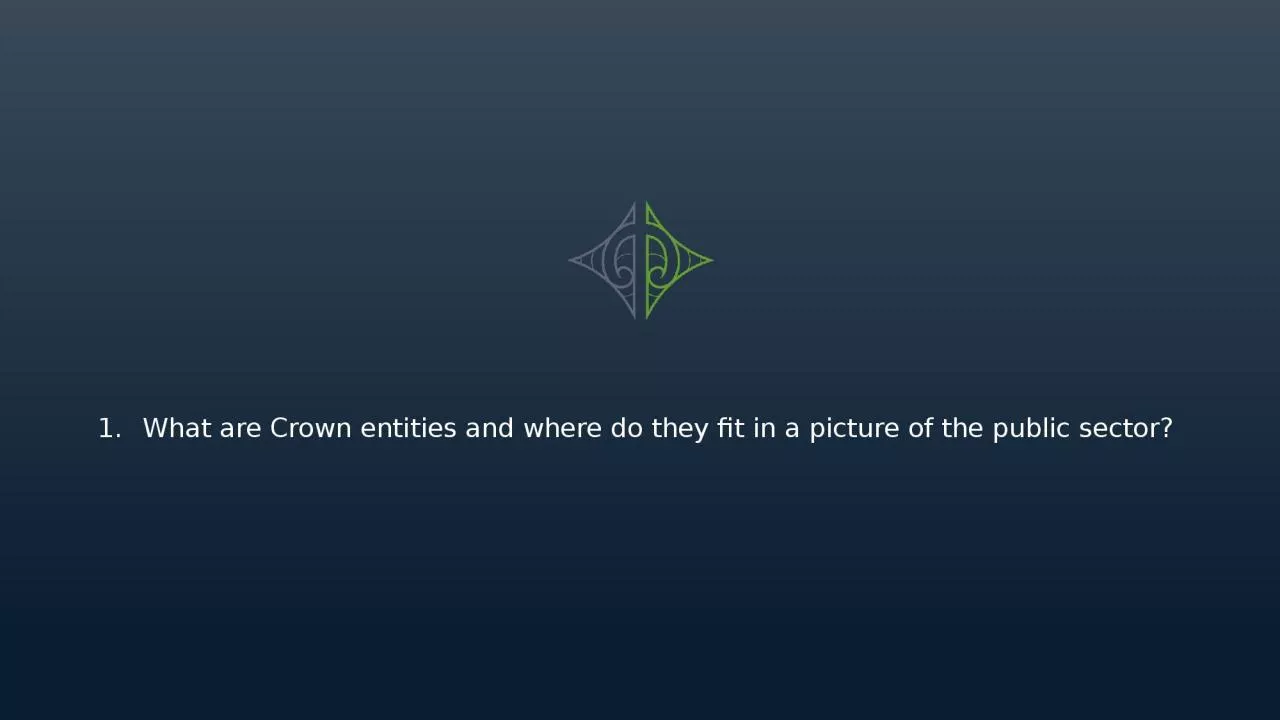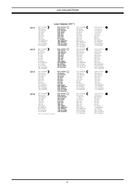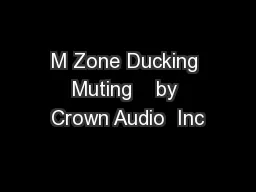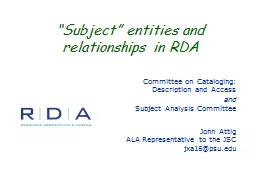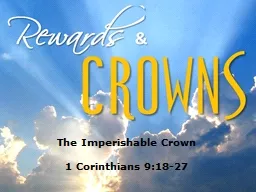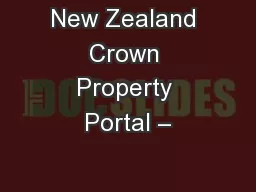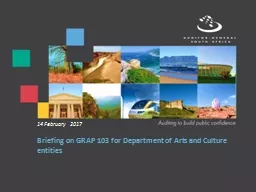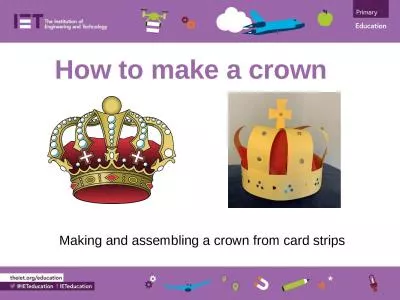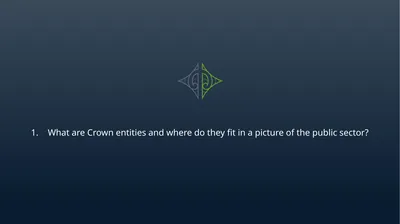PPT-What are Crown entities and where do they fit in a picture of the public sector?
Author : harper | Published Date : 2023-07-12
How are statutory Crown entity boards different from commercial or NGO boards 1 Ministerial influence The responsible Minister the sole shareholder is answerable
Presentation Embed Code
Download Presentation
Download Presentation The PPT/PDF document "What are Crown entities and where do the..." is the property of its rightful owner. Permission is granted to download and print the materials on this website for personal, non-commercial use only, and to display it on your personal computer provided you do not modify the materials and that you retain all copyright notices contained in the materials. By downloading content from our website, you accept the terms of this agreement.
What are Crown entities and where do they fit in a picture of the public sector?: Transcript
Download Rules Of Document
"What are Crown entities and where do they fit in a picture of the public sector?"The content belongs to its owner. You may download and print it for personal use, without modification, and keep all copyright notices. By downloading, you agree to these terms.
Related Documents

